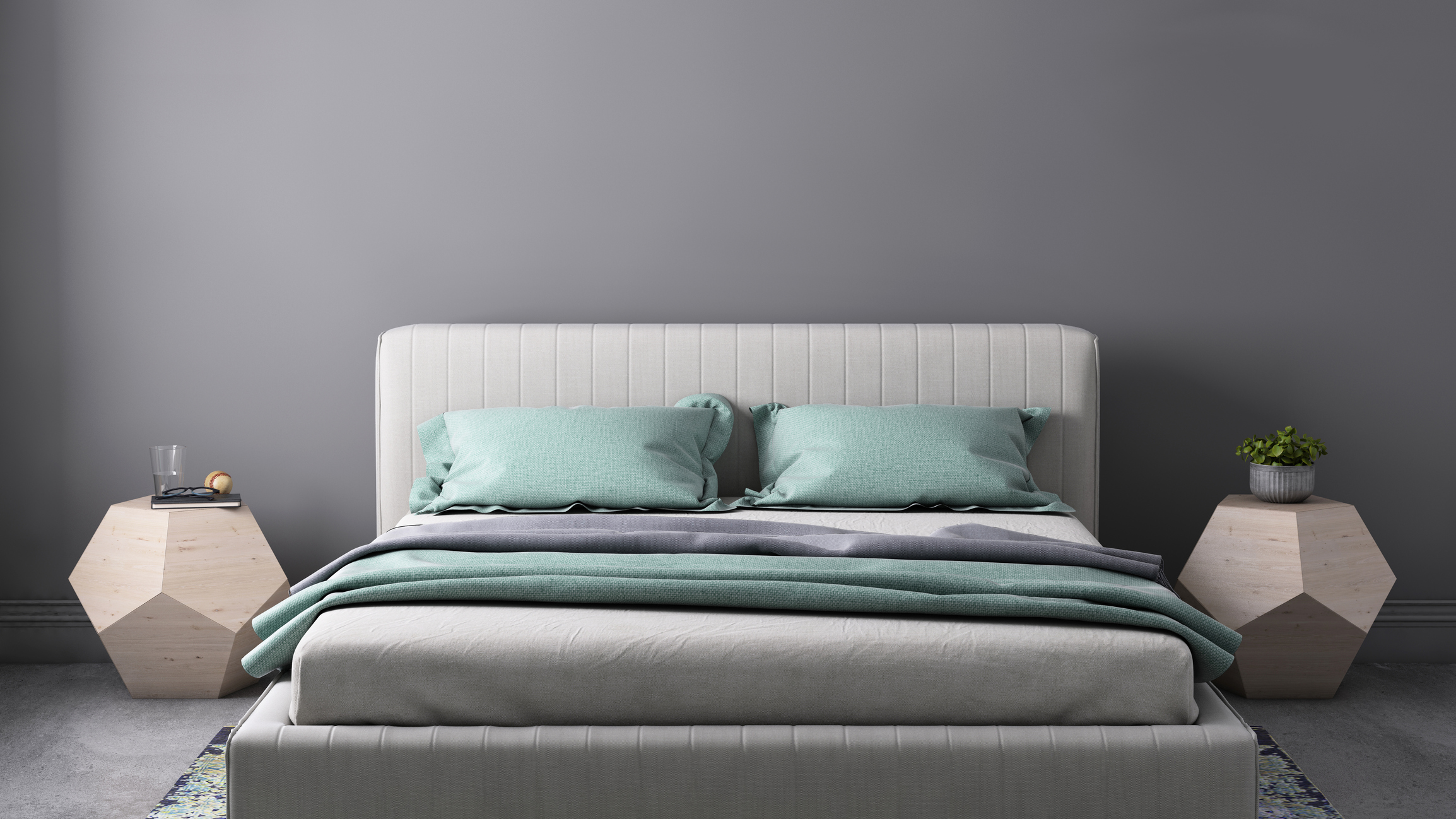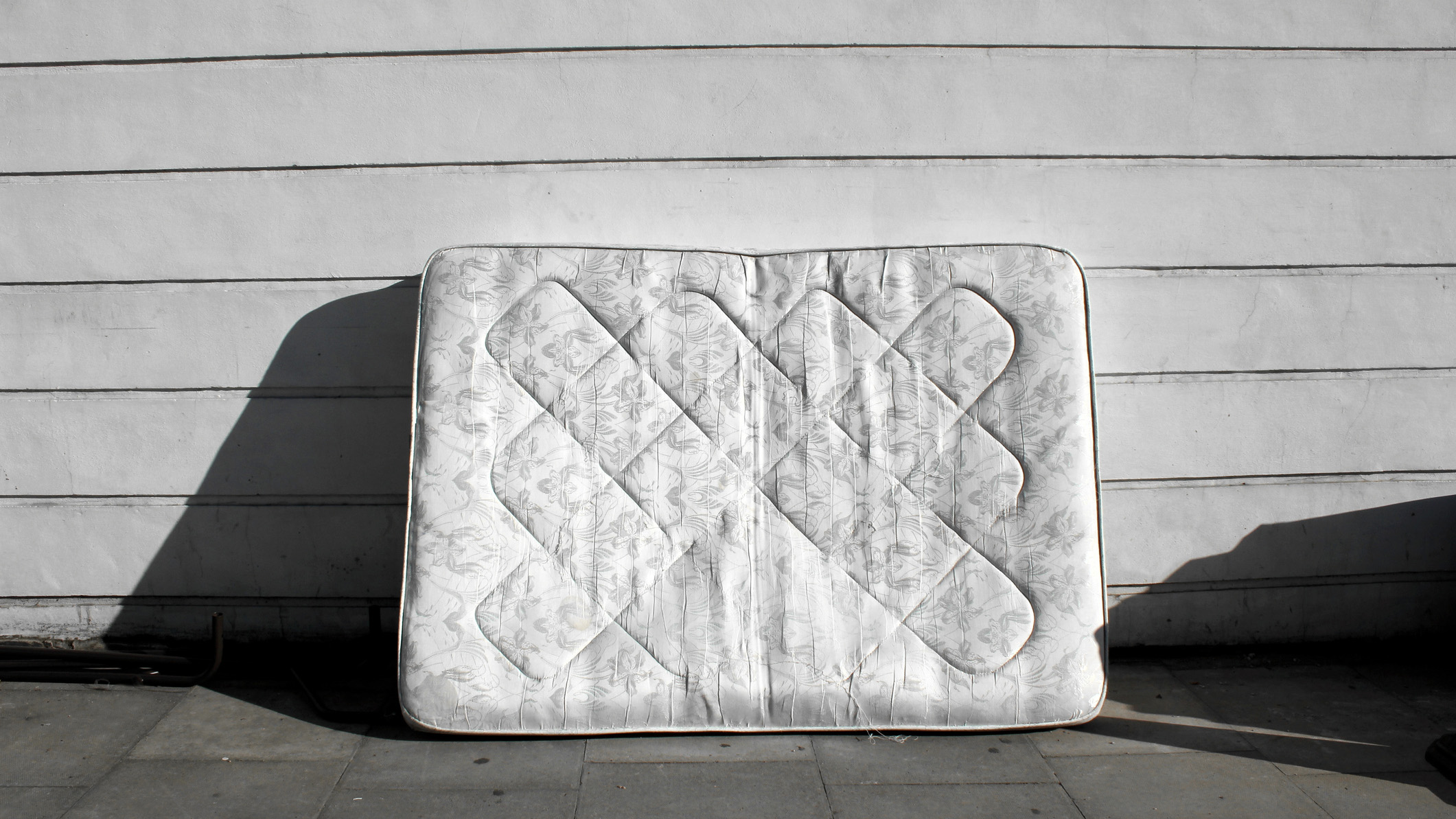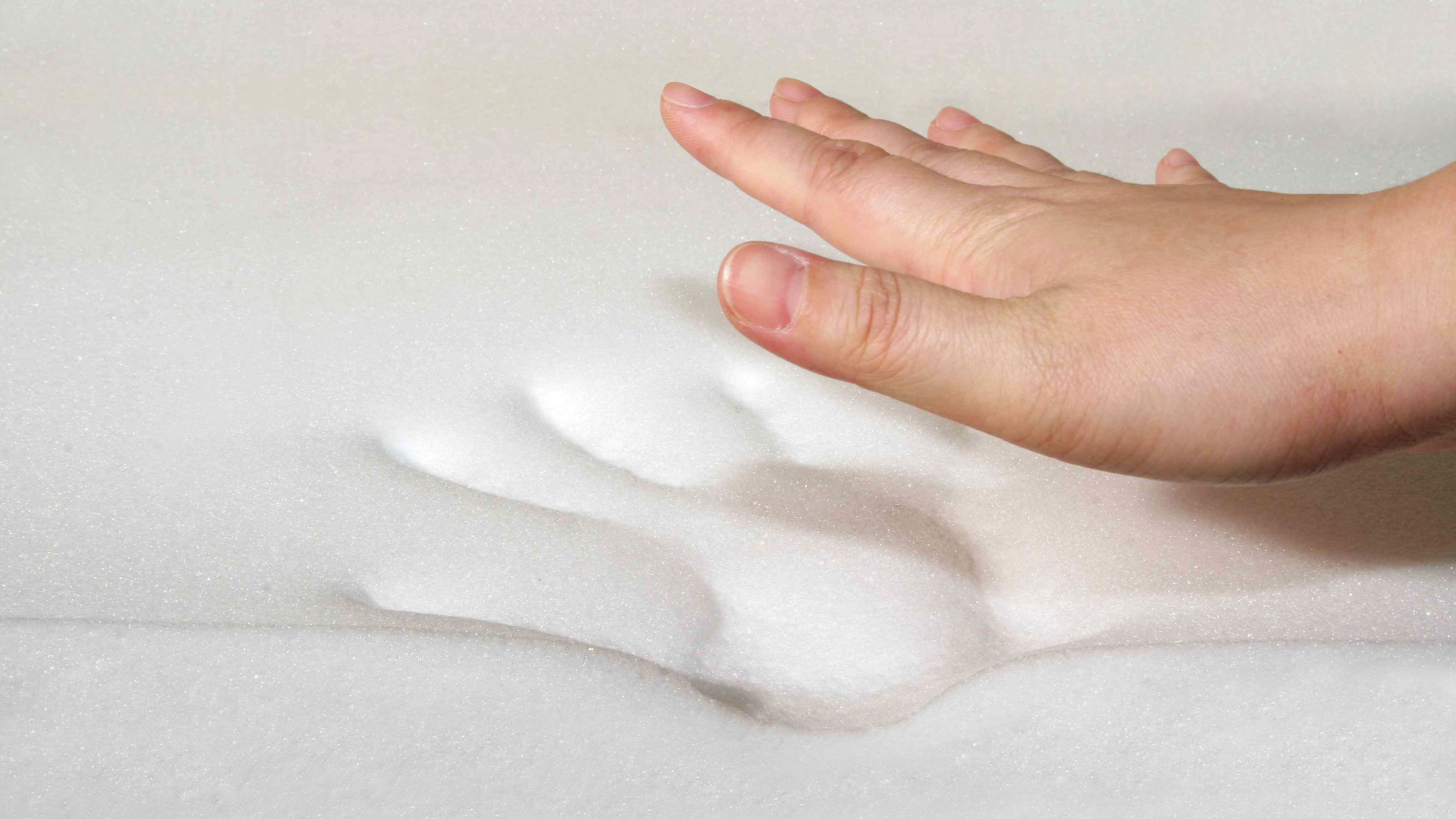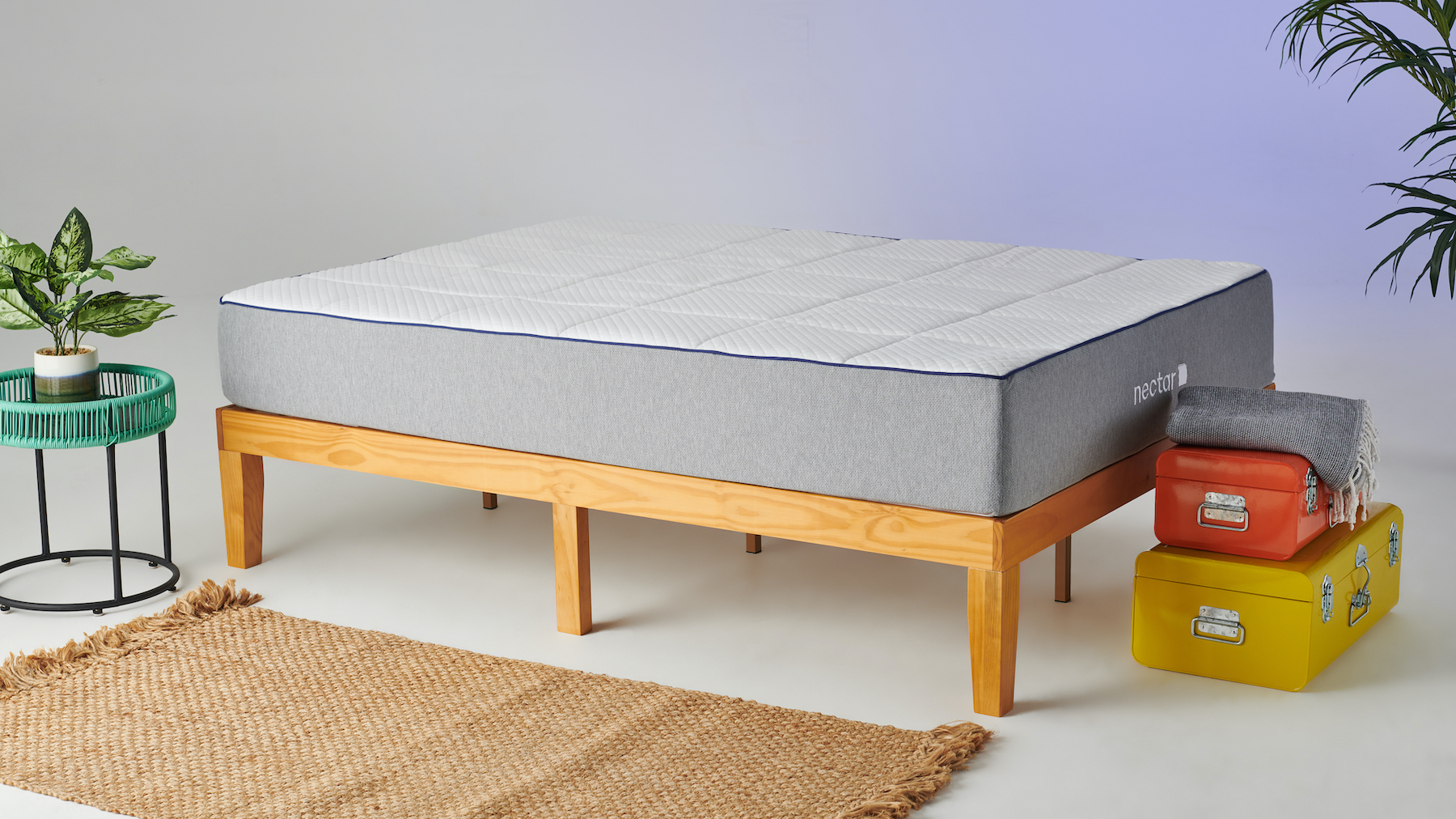This is how long a memory foam mattress should last – plus 5 ways to help yours last longer
Memory foam mattresses last longer than you think, providing you take care of them – here's how

If you're thinking of buying an all-foam bed, you may be wondering how long do memory foam mattresses last for. The answer depends on the quality of the foam, plus other materials used inside the mattress, and how well you care for it.
Memory foam beds are popular with sleepers seeking cradling comfort and deep pressure relief for aching joints. In fact, nearly half of the top recommendations in our best mattress guide are memory foam. They provide more softness and motion isolation than innersprings, and are more affordable than hybrid and latex beds.
While Black Friday mattress deals are set to make many of this year's best memory foam mattresses even cheaper, you still want to make sure you're getting good value for money and that starts with durability and lifespan.
Here we explain how long memory foam mattresses should last and what causes their lifespan to decrease. We’ll also give you the lowdown on all the ways you can help your mattress to last longer. Let's get started...
How long do memory foam mattresses last for?
While innerspring beds and hybrids have coils, which have a tendency to wear down and cause sagging and noisy creaking, memory foam mattresses can last up to 10 years on average – but certain factors play a part in this decent lifespan.

One such factor is price; the more expensive the bed, the longer it lasts thanks to high-quality materials. That said, ageing memory foam mattresses are still prone to reduction in good edge support and a loss of temperature regulation, which could mean your mattress needs to go into early retirement.
Another con of memory foam mattresses is that they tend to sag over time. But on the whole, memory foam beds tend to last longer than other types of mattresses apart from latex and premium hybrids. As we explain in our feature looking at how long does a mattress last on average, durability is thanks to an all-foam structure that has fewer components to deteriorate quicker.
Get instant access to breaking news, the hottest reviews, great deals and helpful tips.
Costly mistakes, such as heavy use or not rotating the mattress regularly, can lead to your memory foam to deteriorate quickly. Not cleaning your mattress regularly, or forgetting to use one of the best mattress protectors, can also lead to a build-up of stains and mold that forces you to replace your mattress before its time. There are a number of ways, however, to ensure that your memory foam mattress is in the best shape possible.
What are the benefits of a memory foam mattress?
Memory foam mattresses are made from layers of foam that contour to your body. The foam is called ‘memory foam’ because it remembers your body shape even after it returns to its original form. All-foam beds are famed for their cradling softness, excellent pressure relief, and the support they provide to lightweight and average weight sleepers.
You'll find that many memory foam models feature among the best mattresses for side sleepers, as they provide ample cushioning around pressure points at the back, shoulders, hips and knees.

Memory foam mattresses dish out a sleeping-on-air feeling that can soothe back and joint pain. However, this sink-into-the-mattress feel isn't firm enough for stomach and some back sleepers, especially those who weigh more than 250lbs. That's because a too-soft foam mattress can cause spine misalignment in heavier bodies and stomach sleepers. They also retain heat, so hot sleepers should consider one of the best cooling mattresses instead.
5 ways to help a memory foam mattress last longer
1. Rotate your memory foam mattress regularly
If you sleep on the same mattress night after night, year after year, the weight of your body will eventually wear the bed down. This wear and tear can be even worse in memory foam beds, as their ultra-plushness means your body (such as the head, shoulders, and hips) sinks into the surfaces more and causes unevenness.
To keep the mattress surface more even and maintain support, you should rotate the mattress regularly – one or twice a year should be enough. By rotating the mattress you will switch to a part of it that is used less, which refreshes the top layer.
2. Learn how to clean a memory foam mattress
You can learn how to keep your memory foam mattress clean by checking out our guide on how to clean a mattress. Cleaning and airing your mattress will help to keep it fresh and free of stains and mold. You should also regularly wash your bedding to prevent sweat, dust mites and bacteria reaching your mattress.
3. Use a mattress protector
A good mattress protector will prolong your bed’s lifespan by shielding your mattress from accidents, stains, allergens, and even bed bugs. Different protectors come with different features to suit your needs – some are waterproof for little ones, while others are breathable for hot sleepers. Most mattress protectors are removable and easy to clean.

4. Pair your memory foam mattress with a base
The type of bed base can impact the lifespan of your mattress, so it’s a good idea to find a base that’s compatible with your bed. Memory foam mattresses work well on slatted bed bases that aren’t too widely spaced apart. These bases encourage decent airflow, which is essential if you have a dense memory foam mattress prone to overheating.
However, make sure the slats aren’t set too widely apart as the foam could spill through over time and cause premature sagging. Platform beds – the most basic of bed bases – are also a good option as they provide support and encourage airflow.
5. Don’t expose it to temperature extremes
While a heated blanket or a hot water bottle can keep you toasty during wintery nights, exposing heat to memory foam mattresses can damage the foam and shorten its lifespan. If your bedroom is too hot, the mattress can soften and sag. Meanwhile, if the room is too cold, it can cause the foam to become firmer.
Also, while airing your mattress in the sunlight after cleaning is a great way to kill bacteria, the UV light can cause the foam to deteriorate quickly. However, an extreme change in temperature has to last for an extended period of time before it really damages the foam.
How to tell if your mattress needs replacing
There are several telltale signs that your mattress needs replacing, and a lot of them are easy to spot. The most obvious sign is that your mattress is sagging or feels lumpy. Lumpiness occurs when our bodies compress the beds over time, and mattresses don’t bounce back like they used to.
Another tell-tale sign is your mattress turning a yellow shade, which is usually due to being exposed to oxygen or sweat over a long period of time. Other signs include feeling too hot when sleeping (cooling technology can wear out over time, causing the mattress to trap heat) and sinking when sitting on the edge of the bed.
Also, if your allergies are acting up, or you notice an odour emanating from your bed, it’s time to find a new mattress.

Frances Daniels is a PPA-accredited journalist and Sleep Staff Writer at Tom's Guide with an MA in Magazine Journalism from Cardiff University. Her role includes covering mattress and sleep news and writing sleep product reviews and buyer's guides, including our Best Hybrid Mattress 2025 guide. She is interested in the relationship between sleep and health, interviewing an array of experts to create in-depth articles about topics such as nutrition, sleep disorders, sleep hygiene, and mattress care. She is also our specialist on mattress toppers — producing bed topper reviews and taking care of our Best Mattress Toppers 2025 guide — and leads content relating to fiberglass-free beds for a non-toxic sleep. Outside of Tom's Guide, she has written for Ideal Home and Marie Claire.
